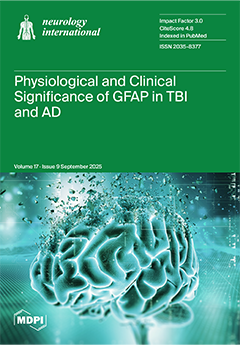Background/Objectives: Acute ischemic stroke is a leading cause of mortality and long-term disability globally, with limited reliable early predictors of functional outcomes and survival. This study aimed to assess the prognostic value of two novel predictors: the hypoperfusion intensity ratio calculated from mean transit time and time-to-drain maps (HIR-MTT–TTD), derived from computed tomography perfusion (CTP) imaging parameters, and the Inflammation–Coagulation Index (ICI), which integrates systemic inflammatory (C-reactive protein and white blood cell count) and hemostatic (D-dimer) markers. Methods: This prospective, single-center observational study included 60 patients with acute ischemic stroke treated with intravenous thrombolysis and underwent pre-treatment CTP imaging. HIR-MTT–TTD evaluated collateral status and perfusion deficit severity, while ICI integrated C-reactive protein (CRP), white blood cell (WBC) count, and D-dimer levels. Functional outcomes were assessed using the National Institutes of Health Stroke Scale (NIHSS), Barthel Index, and modified Rankin Scale (mRS) at 24 h, 3 months, and 1 year. Results: Of 60 patients, 53.3% achieved functional independence (mRS 0–2) at 1 year. Unadjusted Cox models showed HIR-MTT–TTD (HR = 6.25, 95% CI: 1.48–26.30,
p = 0.013) and ICI (HR = 1.08, 95% CI: 1.00–1.17,
p = 0.052) were associated with higher 12-month mortality, worse mRS, and lower Barthel scores. After adjustment for age, BMI, smoking status, and sex, these associations became non-significant (HIR-MTT–TTD: HR = 2.83, 95% CI: 0.37–21.37,
p = 0.314; ICI: HR = 1.07, 95% CI: 0.96–1.19,
p = 0.211). Receiver operating characteristic (ROC) analysis indicated moderate predictive value, with ICI (AUC = 0.756, 95% CI: 0.600–0.867) outperforming HIR-MTT–TTD (AUC = 0.67, 95% CI: 0.48–0.83) for mortality prediction. Conclusions: The study introduces promising prognostic tools for functional outcomes. Elevated HIR-MTT–TTD and ICI values were independently associated with greater initial stroke severity, poorer functional recovery, and increased 1-year mortality. These findings underscore the prognostic significance of hypoperfusion intensity and systemic thrombo-inflammation in acute ischemic stroke. Combining the use of the presented indices may enhance early risk stratification and guide individualized treatment strategies.
Full article






